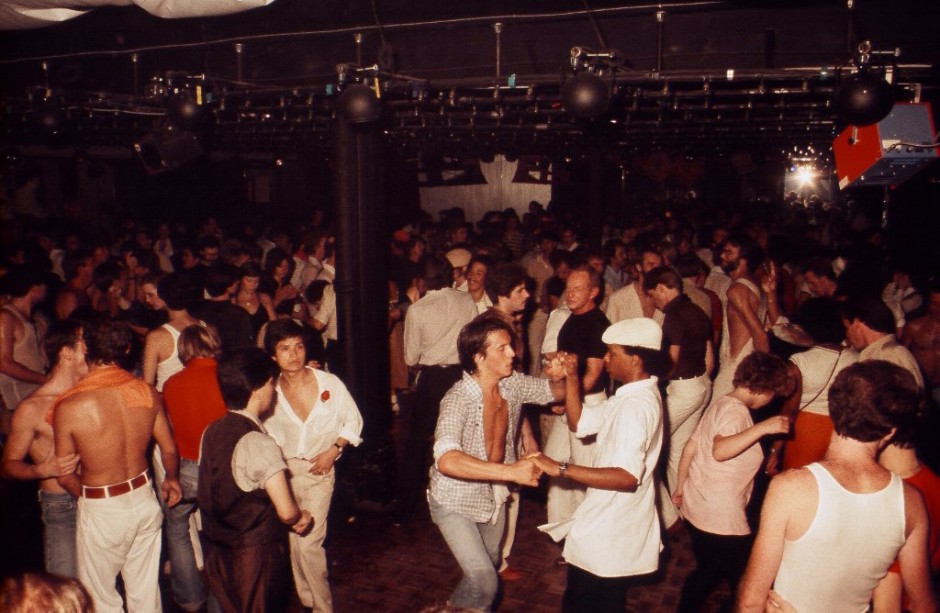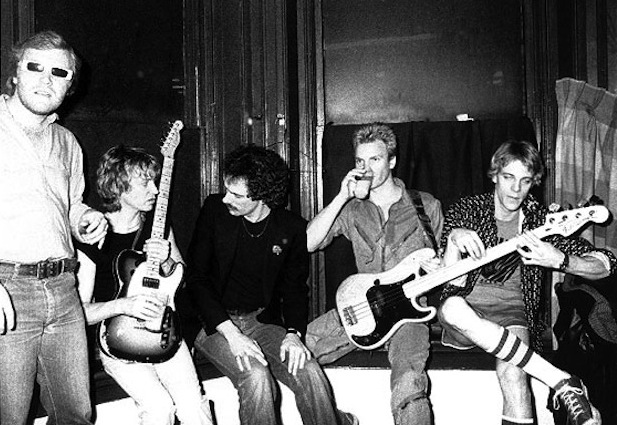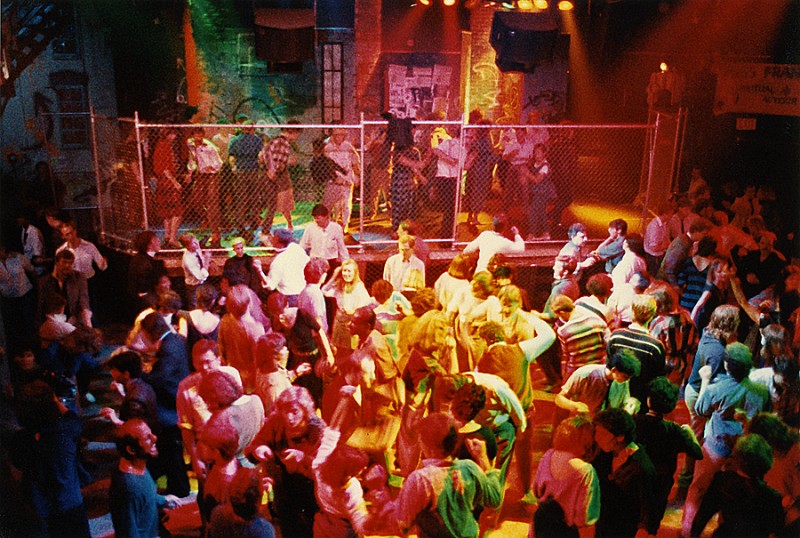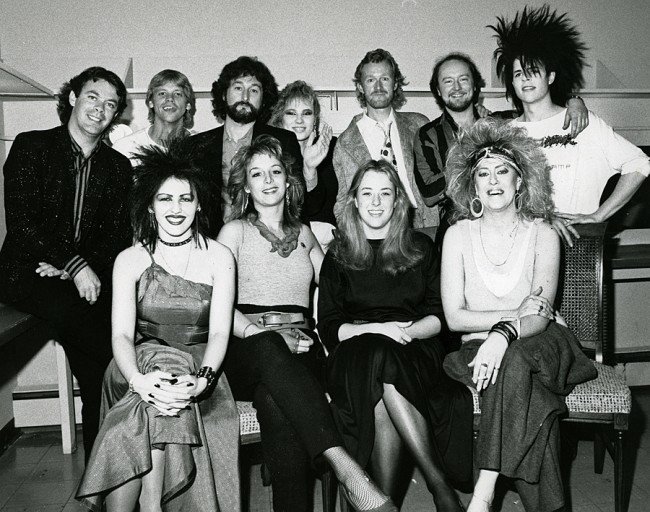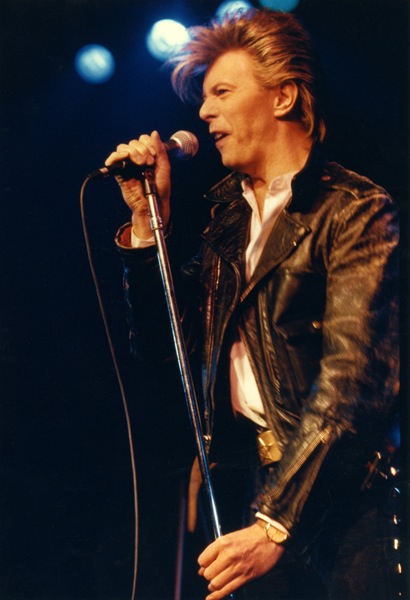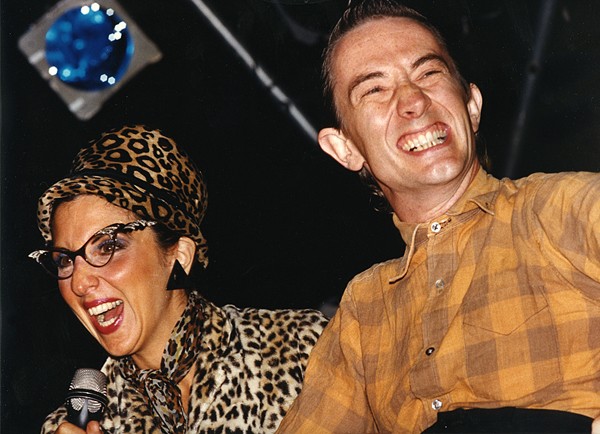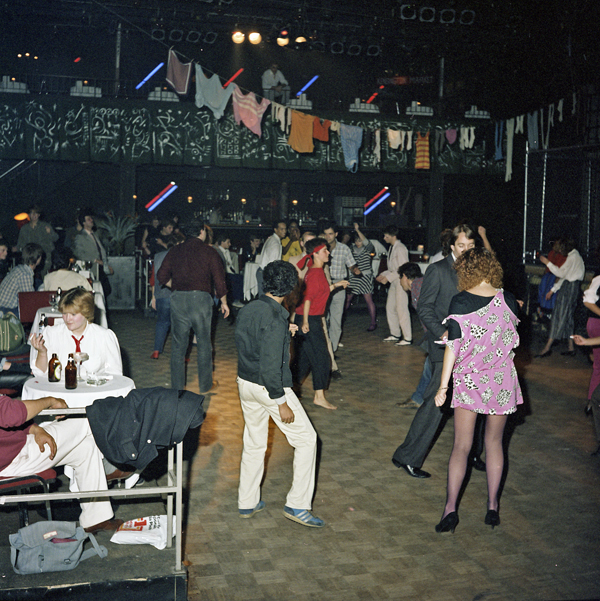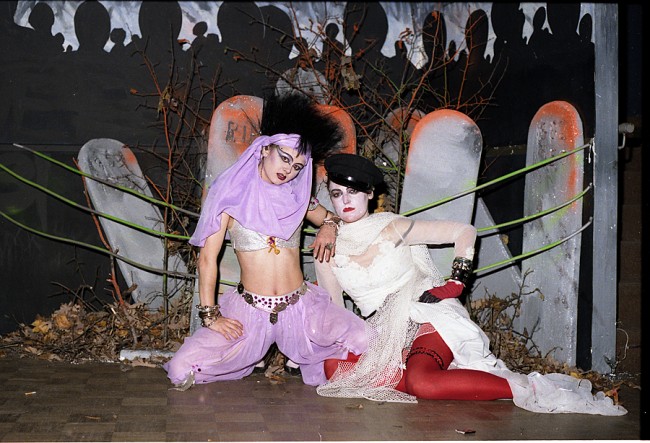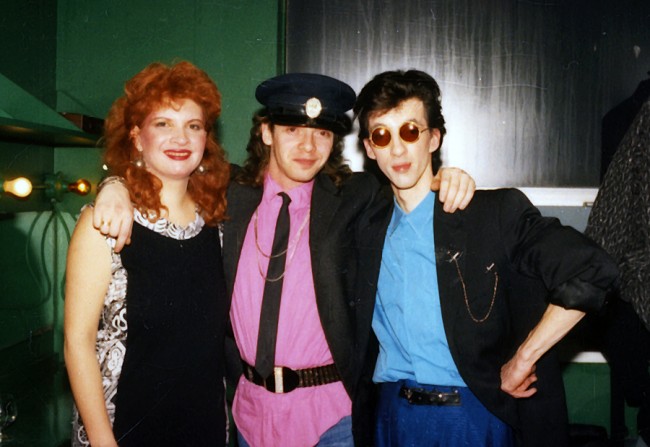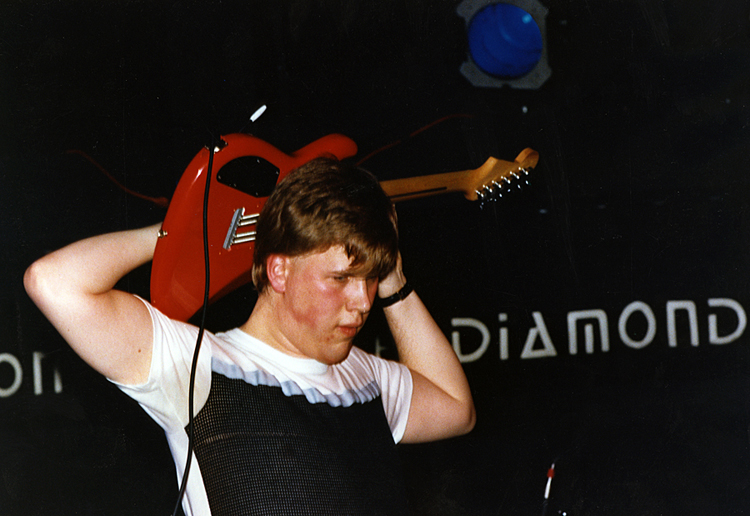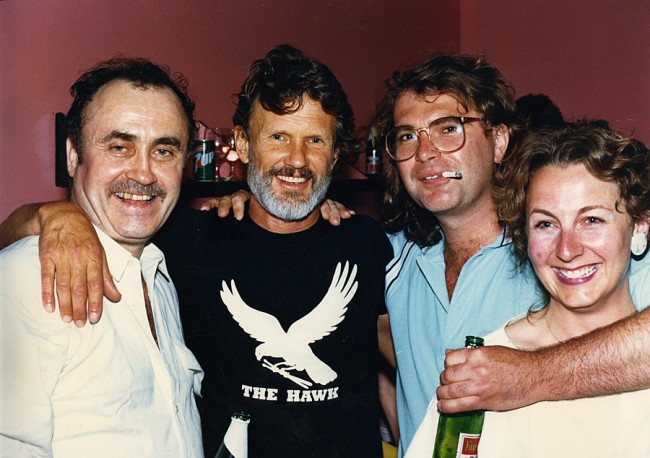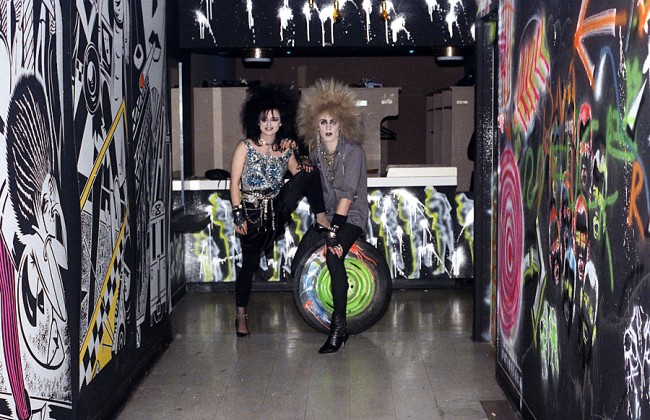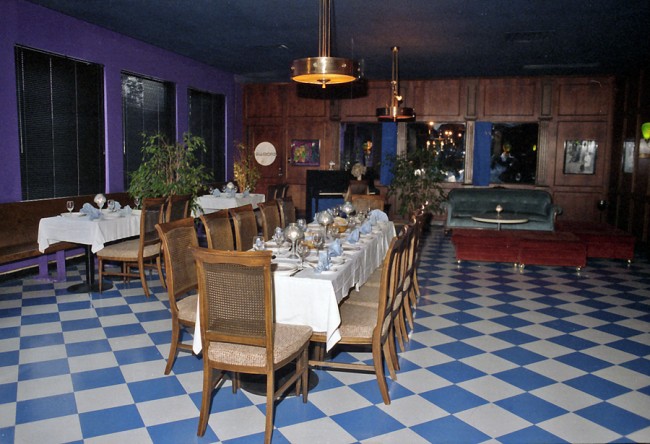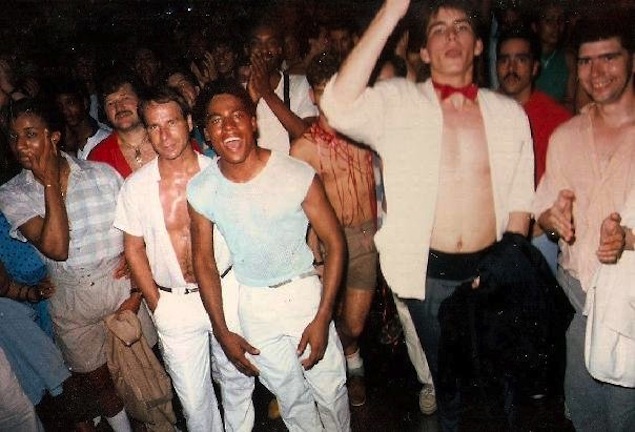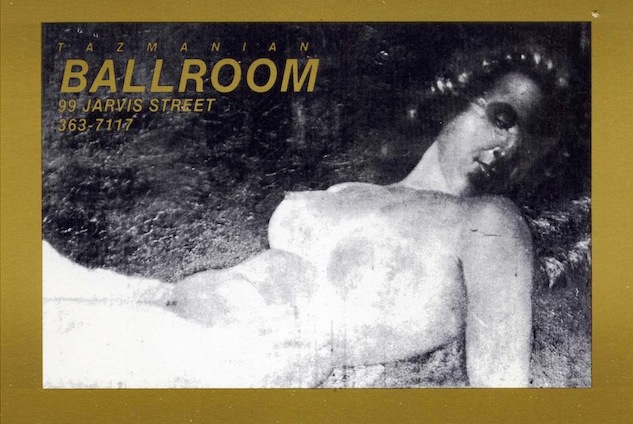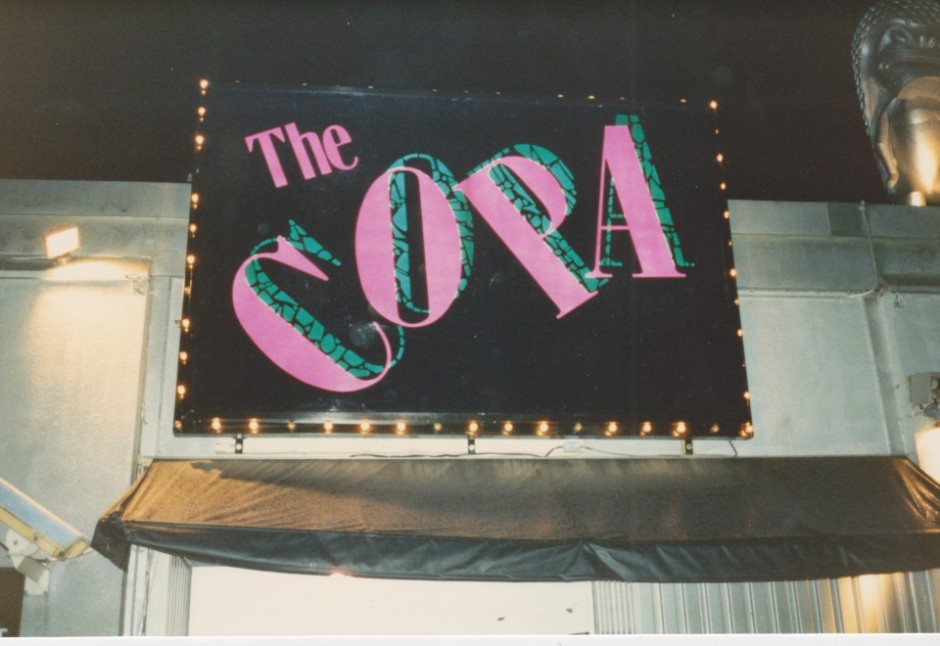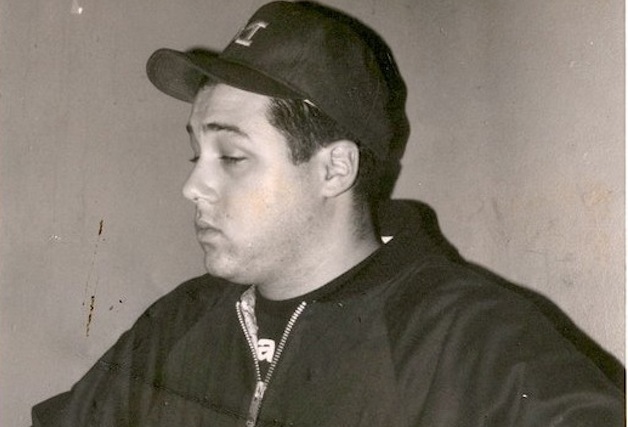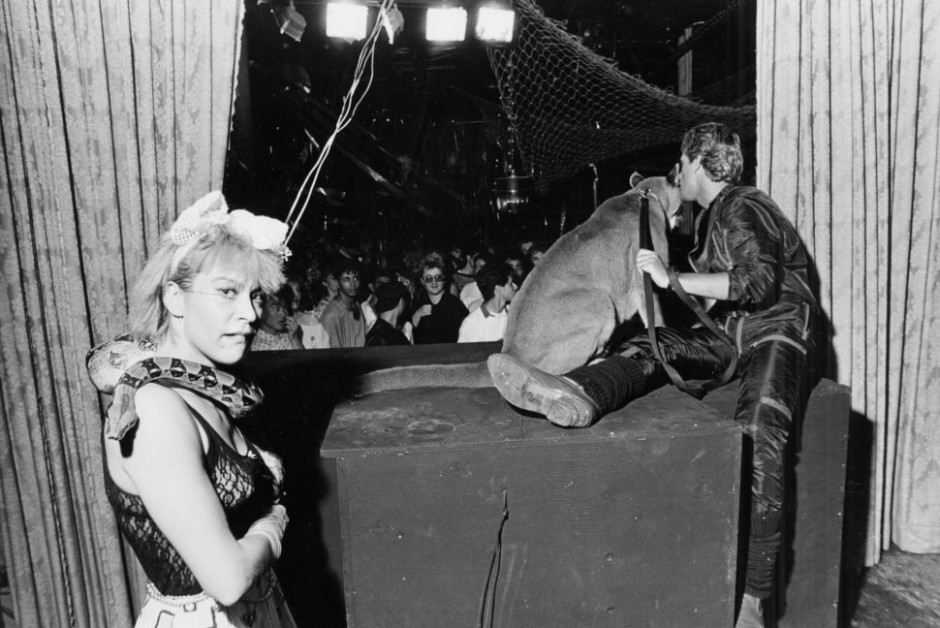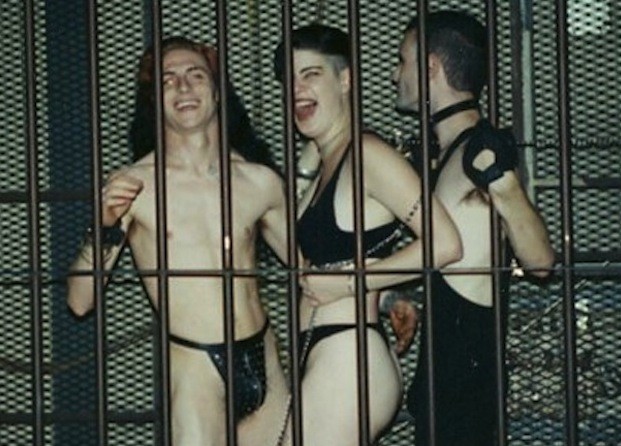The scene at Stages. Photo by Terry Robson, courtesy of Arnie Kliger.
Article originally published December 4, 2012 by The Grid online (thegridto.com).
With the help of two rare DJ mixes, we revisit the early-‘80s Yonge Street club that provided Toronto’s gay community with a safe haven and showcased cutting-edge dance-music sounds, before the spectre of AIDS brought the party to a close.
BY: DENISE BENSON
Club: Stages, 530 Yonge
Years in operation: 1977-1984
History: The northwest corner of Yonge and Breadalbane was once occupied by the Hotel Breadalbane. In 1945, the Bolter family purchased the hotel and would transform the downstairs of 530 Yonge into The Parkside Tavern. The Bolters also owned The St. Charles Tavern, at 488 Yonge. By the mid-1960s, both taverns were known to be gay bars.
At that point in history, gay nightlife in Toronto was still very much underground. It was common for the heterosexual owners of gay bars to be contemptuous of their clientele. This seems to have been the situation at The Parkside, a dingy beer hall largely frequented by a daytime crowd. The Parkside’s owners allowed police to regularly spy on patrons in the washrooms, waiting to nab men engaged in any sort of sexual acts. Arrests were made, and the practice continued throughout the 1970s, even as gay activists organized leafleting campaigns and called for boycotts of the bar.
These conflicts were characteristic of the time. During the mid-to-late-1970s, Yonge Street was the main artery of Toronto gay social life (it would shift to Church in the mid-1980s). Those looking to dance could hit a number of spots near Yonge and Wellesley, like The Manatee, The Quest, Katrina’s, Club David’s, The Maygay (later Charly’s), and Cornelius, which sat above biker bar The Gasworks. By 1977, there were even two gay-owned bars in the area: The Barn, opened by Janko Naglic at 418 Church, and small cruise bar Dudes, opened by Roger Wilkes, a founder of the York University Homophile Association, and his partner David Payne in an alley just behind The Parkside.

